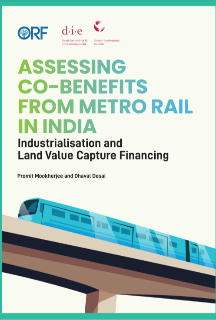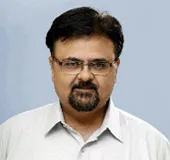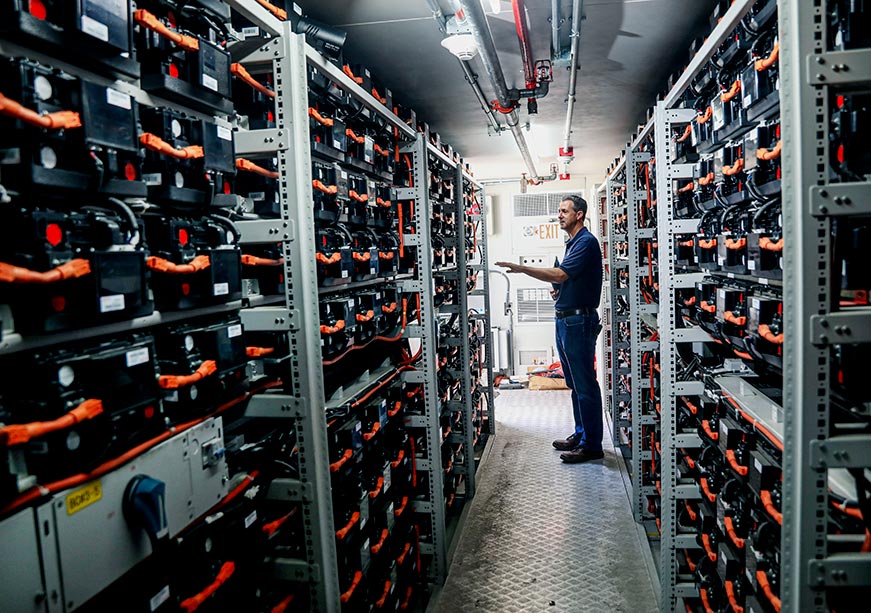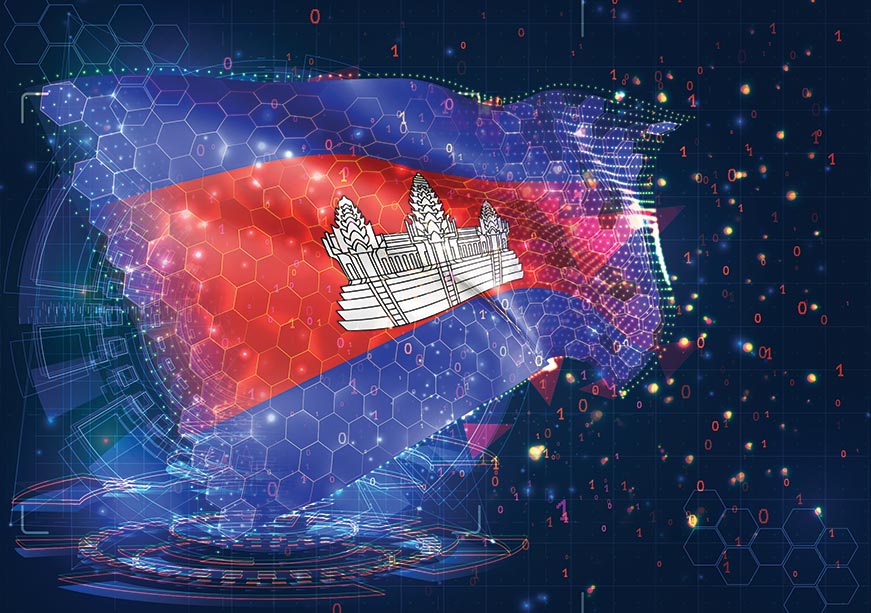Introduction
Rapid population growth and the expansion of metropolitan regions are defining features of India’s economic growth story. The number of Indian cities with populations above one million increased from 23 in 1991 to 53 in 2011.[1] The average population density has also snowballed to 464 persons/sq km in 2020, 13 times more than the US and three times as much as China.[2] This urban growth has led to a rapid rise in transport activity, characterised by a 10-fold expansion in registered motorised vehicles since 1990, 80 percent of which are two-wheelers and passenger cars.[3] The increased proliferation of motor vehicles, particularly private ones, has exacerbated the negative externalities of the transport sector—greater congestion in cities and a rise in greenhouse gas emissions and air pollution.
This scenario has led to greater investments in mass rapid transit systems to create more sustainable urban transport systems. This is part of a broader focus on ‘moving people, not vehicles,’ a key tenet of the National Urban Transport Policy (NUTP) released in 2006. In particular, heavy metro rail transit systems (MRTS) have received substantial attention at the national and subnational levels, given their ability to cater to high passenger densities (between 60,000 and 80,000 passengers per hour per direction[4]) in an energy-efficient manner. These systems run on an exclusive right of way and can operate at average speeds of around 40 km/hr, leading to reduced travel times and improved productivity. They are also considered an ecofriendly mode of travel since the high passenger densities and dependence on electricity reduce emissions at the point of use.
The Kolkata Metro is India’s oldest metro rail system, operated by the Indian Railways since 1984. However, the story of modern MRTS in India began with the launch of the Delhi Metro in 2002, with a network of around 25 km. The success of the Delhi Metro spurred other Tier-1 cities to invest in MRTS. By 2014, operational metro routes had expanded to 248 km across five cities.[5] Between 2014 and 2021, the metro network almost tripled to 733 km across 18 cities (see Figure 1). Another 1,032 km of metro networks have been approved, expanding to 27 cities by 2025. Until 2012, all the metro systems were established in cities with populations above 10 million[a] and high passenger densities. But following the 2013 guidance from the central government that cities with populations above two million could consider constructing metro rail systems,[6] even smaller cities have started to build metros. Since 2012, all cities that have established metro rail systems have populations below 10 million.[b],[7] Notably, cities with populations below two million are also aspiring for metro rail systems, but their focus is likely to be on light metro systems such as the MetroLite.[c],[8] The Gorakhpur Metro, currently under development, is one such example.
Figure 1: Growth of Metro Systems in India

Driven by government support, metros have become India’s fastest-growing mass transit system. However, metro construction and operations are highly capital-intensive, and investments have long gestation periods. Analyses of several detailed project reports reveal that an elevated metro rail corridor costs between INR 2.25 billion (US$29 million) and INR 3 billion (US$38 million) per kilometre, and an underground corridor costs between INR 5.5 billion (US$70 million) and INR 5.75 billion (US$74 million) per kilometre.[9] Since 2010, there has been a cumulative investment of around INR 20 trillion (US$25 billion) in metro rail systems, financed predominantly through partnerships between the central and state governments and concessional loans from various development finance organisations.[d] Up to 2026, approved metro rail projects have a projected expenditure of INR 3 trillion (US$3.8 billion)[10] There has been an increased focus on reducing costs and identifying alternate forms of finance to make metro rail investments more sustainable. The Metro Rail Policy 2017 aims to institutionalise some of these measures by mandating that all metro projects consider certain cost-reduction and revenue-enhancing measures.[11] This study assesses the present status of two such interventions enshrined in the policy.
First, the Metro Policy and prior efforts by the central government have outlined a clear path to indeginising the production of all metro subsystems. This study assesses the progress towards creating domestic industrial capabilities for metro subsystems and the contribution of specific policies. It identifies the areas where the policies have been successful and the existing challenges to localisation. It also assesses the prevalent technology development models and details the long-term implications of sticking to the existing pathway. Based on this analysis, specific policy lessons are presented that can guide India’s efforts in the future.
The second part of the study assesses efforts to increase non-fare box revenues from the metro rail. In particular, it looks at the progress towards implementing land value capture (LVC) mechanisms to monetise the increases in land value in metro rail influence areas. It assesses the feasibility and acceptability of different LVC tools identified in the national and subnational policies. It also examines the ability of the present governance structure to implement these mechanisms effectively and channel finances to the metro rail sector. Finally, it identifies policy measures informed by the global experience, allowing for better-integrated planning and enabling LVC practically and acceptably.
Inputs from stakeholders have shaped the direction of this research. Throughout the study, the authors interacted with several stakeholders, covering government representatives, local metro rail authorities, manufacturers, railway personnel, consulting firms, and private research organisations (see the Annexure for the full list of stakeholders). The study also relies on policy documents, secondary data, and existing secondary literature to validate and enhance the inputs received from the stakeholders.
All interviews were conducted without attribution to ensure a candid exchange of views. The learnings from the stakeholder consultations have been incorporated into the analyses and the policy lessons.
[a] Kolkata, New Delhi, Mumbai, and Bengaluru
[b] Agra, Ahmedabad, Bengaluru, Bhopal, Chennai, Gurugram, Hyderabad, Indore, Jaipur, Kanpur, Kochi, Lucknow, Meerut, Nagpur, Navi Mumbai, Noida, Patna, Pune, and Surat
[c] Metrolite rail, designed for lesser capacity (2,000 to 15,000 passengers per hour per direction) with lower capital investment and operations and maintenance costs, primarily cater to cities that are expected to have less ridership. Metrolite is also projected as a feeder system to the high-capacity metro.
[d] Authors’ analysis based on tenders for different metros
[1] Ministry of Housing and Urban Affairs, Government of India, Urban Statistics Handbook, 2019.
[2] Worldometer, World Population by Country.
[3] Ministry of Road Transport and Highways, Government of India, Road Transport Yearbook, 2018.
[4] Ministry of Housing and Urban Affairs, Government of India, National Transit Oriented Development (TOD) Policy, 2017.
[5] Ministry of Housing and Urban Affairs, Government of India, Presentation on Metro Rail Sector, 2021.
[6] “Urban Transport and the Role of Metro Rail,” Trafficinfratech, April 1, 2013.
[7] “Metro Rail Projects in India – Quick Snapshot”, The Metro Rail Guy.
[8] Ministry of Housing and Urban Affairs, Government of India, “Standard Specifications of Light Urban Rail System “Metrolite”.
[9] “Metro-rail in India high on construction cost,”, ConstructionWorld.in, April 1, 2019.
[10] UITP, Performance of Indian metro systems: Lessons for upcoming urban rail projects, 2021.
[11] Ministry of Housing and Urban Affairs, Government of India, Metro Rail Policy, 2017.
The views expressed above belong to the author(s). ORF research and analyses now available on Telegram! Click here to access our curated content — blogs, longforms and interviews.

 PDF Download
PDF Download




 PREV
PREV



